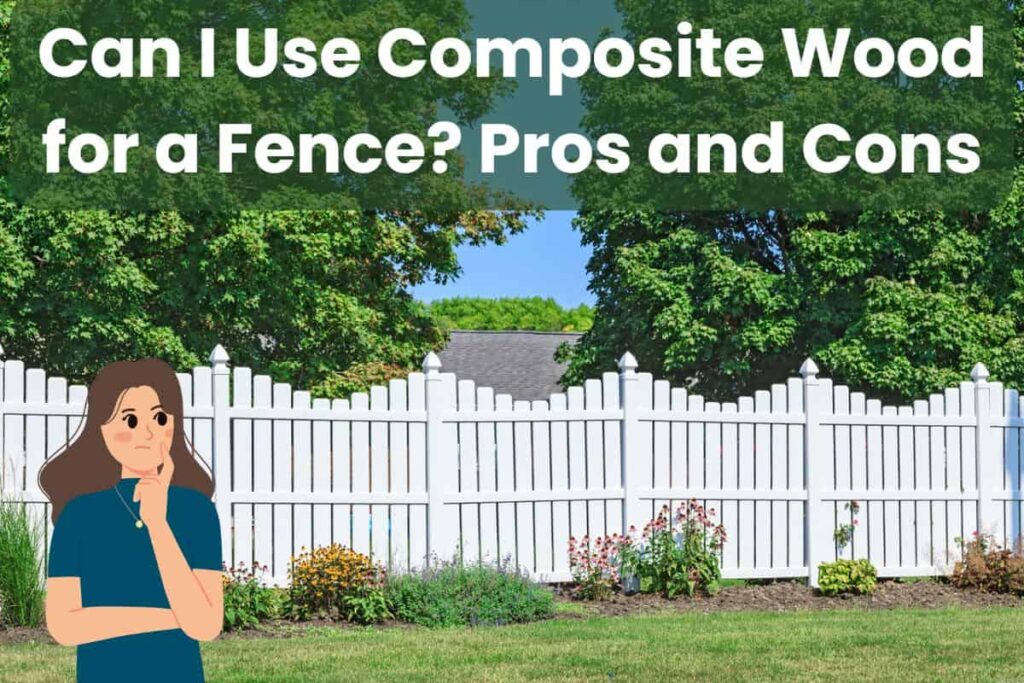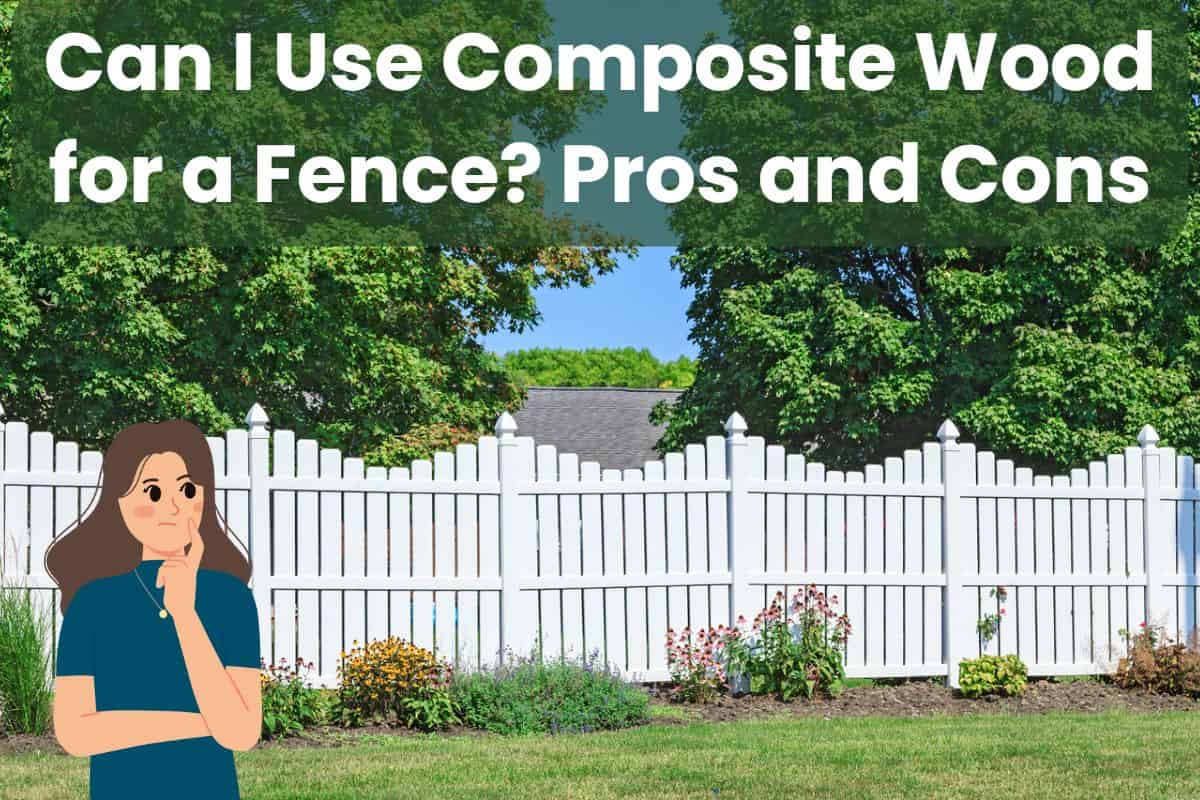
The Ultimate Guide to White Composite Fence Posts: Durability, Aesthetics, and Installation
In the realm of fencing solutions, white composite fence posts have emerged as a leading choice for homeowners and property managers alike. Combining the timeless appeal of a white picket fence with the robust durability of composite materials, these posts offer a compelling alternative to traditional wood or vinyl options. This comprehensive guide will delve into the myriad benefits of white composite fence posts, exploring their material composition, aesthetic advantages, installation considerations, and long-term maintenance requirements. Whether you’re planning a new fence installation or seeking to upgrade an existing one, understanding the nuances of white composite fence posts is crucial for making an informed decision.
Understanding Composite Fence Post Materials
The heart of any white composite fence post’s appeal lies in its material composition. Unlike wood, which is susceptible to rot, insect infestation, and weathering, composite materials are engineered for superior resilience. Typically, these posts are crafted from a blend of wood fibers and recycled plastics. This combination results in a product that mimics the look and feel of natural wood while offering enhanced resistance to the elements. The white color is often integrated directly into the material, ensuring a consistent and long-lasting finish that won’t fade or chip easily.
- Wood Fiber: Provides the natural look and feel, adding texture and visual appeal.
- Recycled Plastics: Contribute to the post’s strength, durability, and resistance to moisture.
- UV Inhibitors: Protect the post from sun damage, preventing fading and discoloration.
The precise blend of these materials can vary between manufacturers, impacting the overall performance and cost of the white composite fence post. Therefore, it’s essential to research different brands and product lines to find the best fit for your specific needs and budget.
Aesthetic Advantages of White Composite Fencing
Beyond their practical benefits, white composite fence posts offer significant aesthetic advantages. The clean, crisp white color complements a wide range of architectural styles, from traditional to modern. A white fence can enhance curb appeal and create a visually appealing boundary for your property. Furthermore, the consistent color and smooth finish of composite materials provide a polished and professional look that is difficult to achieve with natural wood.
The versatility of white composite fencing extends to design options. These posts can be used with a variety of infill materials, including pickets, panels, and rails, allowing you to customize the look of your fence to match your personal preferences. Whether you prefer a classic picket fence, a privacy fence, or a decorative fence, white composite fence posts can provide the foundation for a stunning and durable outdoor structure.
Installation Considerations for White Composite Fence Posts
Proper installation is crucial for ensuring the longevity and performance of your white composite fence. While the installation process is generally similar to that of wood or vinyl fences, there are some specific considerations to keep in mind. Before you begin, it’s essential to check local building codes and obtain any necessary permits. You’ll also need to carefully plan the layout of your fence, taking into account property lines, underground utilities, and any existing landscaping.
Setting the Posts
Setting the posts is arguably the most critical step in the installation process. The posts must be plumb, level, and securely anchored in the ground to provide a stable foundation for the rest of the fence. Here are some key considerations:
- Post Spacing: Follow the manufacturer’s recommendations for post spacing. Typically, posts are spaced 6 to 8 feet apart.
- Post Depth: The depth of the post holes should be at least one-third of the post’s height above ground. In colder climates, it’s essential to dig below the frost line to prevent heaving.
- Concrete Footings: Use concrete to secure the posts in the ground. Ensure that the concrete is properly mixed and compacted around the posts.
Attaching Rails and Pickets
Once the posts are set, you can begin attaching the rails and pickets. Use screws or nails specifically designed for composite materials to ensure a secure and long-lasting connection. Avoid over-tightening the fasteners, as this can damage the composite material. Ensure consistent spacing between pickets for a professional and aesthetically pleasing finish. Consider using a level and string line to ensure the rails are straight and level.
[See also: Choosing the Right Fence Material for Your Property]
Maintenance and Longevity of Composite Fence Posts
One of the most significant advantages of white composite fence posts is their low maintenance requirements. Unlike wood, which requires regular painting, staining, or sealing, composite materials are virtually maintenance-free. To keep your fence looking its best, simply wash it with soap and water periodically to remove dirt and debris. Avoid using harsh chemicals or abrasive cleaners, as these can damage the surface of the composite material.
With proper installation and minimal maintenance, white composite fence posts can last for decades, providing a long-term fencing solution that will enhance the beauty and value of your property. The resistance to rot, insect infestation, and weathering ensures that your fence will maintain its structural integrity and aesthetic appeal for years to come.
Comparing White Composite to Other Fencing Materials
When choosing a fence, it’s essential to compare the pros and cons of different materials. Here’s a brief comparison of white composite fence posts to other common fencing options:
- Wood: Wood is a traditional fencing material that offers a natural look and feel. However, it requires regular maintenance and is susceptible to rot, insect infestation, and weathering. White composite fence posts offer a similar aesthetic with significantly lower maintenance requirements.
- Vinyl: Vinyl fences are durable and low-maintenance, but they can be prone to cracking or warping in extreme temperatures. Composite materials offer greater resistance to temperature fluctuations and are less likely to crack or warp.
- Metal: Metal fences are strong and durable, but they can be expensive and require regular painting to prevent rust. White composite fence posts offer a similar level of durability without the need for painting or rust prevention.
[See also: Vinyl vs. Composite Fencing: Which is Right for You?]
Cost Considerations for White Composite Fencing
The initial cost of white composite fence posts is typically higher than that of wood or vinyl. However, when considering the long-term costs, composite materials can be a more cost-effective option. The low maintenance requirements and long lifespan of white composite fence posts can save you money on painting, repairs, and replacements over time. Furthermore, the enhanced curb appeal and property value that a well-maintained composite fence can provide can offset the initial investment.
When budgeting for your fence project, be sure to factor in the cost of the posts, rails, pickets, hardware, and installation. Obtain quotes from multiple contractors to ensure that you’re getting a fair price. Consider the long-term value and benefits of white composite fencing when making your decision.
Finding the Right White Composite Fence Posts Supplier
Choosing the right supplier is crucial for ensuring the quality and performance of your white composite fence posts. Look for a reputable supplier with a proven track record of providing high-quality materials and excellent customer service. Ask about warranties, installation guidelines, and maintenance recommendations. Consider visiting a showroom or requesting samples to see and feel the composite materials before making a purchase. Check online reviews and ratings to gauge the supplier’s reputation and customer satisfaction.
[See also: Top Fence Suppliers Near You]
The Future of White Composite Fencing
As technology advances and environmental concerns grow, the popularity of white composite fence posts is likely to continue to increase. Manufacturers are constantly innovating to improve the performance, aesthetics, and sustainability of composite materials. Expect to see new colors, textures, and designs emerge in the coming years, offering even more options for customizing your fence. The use of recycled materials in composite fencing is also likely to expand, further reducing the environmental impact of this sustainable fencing solution. The future of fencing is undoubtedly leaning towards durable, low-maintenance, and aesthetically pleasing options like white composite fence posts.
Conclusion: Is White Composite Fencing Right for You?
White composite fence posts offer a compelling blend of durability, aesthetics, and low maintenance. While the initial cost may be higher than that of other fencing materials, the long-term benefits and cost savings can make them a worthwhile investment. If you’re looking for a fencing solution that will enhance the beauty and value of your property for years to come, white composite fencing is definitely worth considering. By carefully researching your options, choosing a reputable supplier, and following proper installation guidelines, you can enjoy the many advantages of this innovative and sustainable fencing material.

